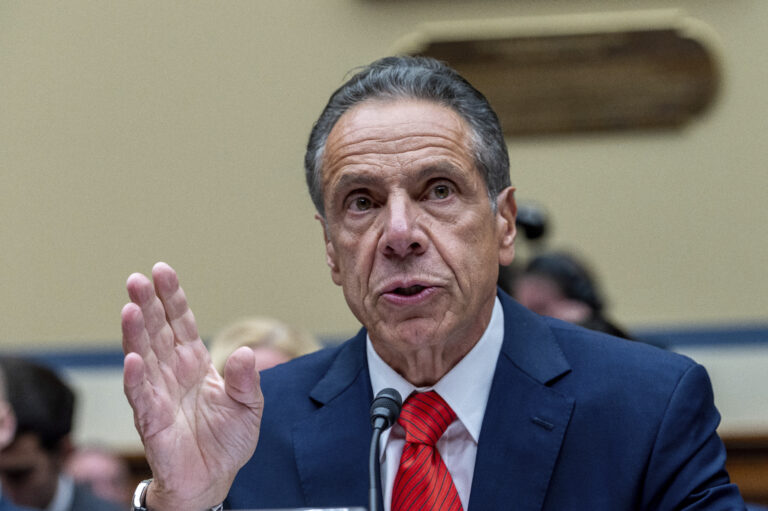 Some Wall Street banks would have to further curtail their reliance on volatile, short-term funding under a plan by U.S. regulators to ensure banks can endure months of financial stress.
Some Wall Street banks would have to further curtail their reliance on volatile, short-term funding under a plan by U.S. regulators to ensure banks can endure months of financial stress.
Lenders would have to depend more on stable funding from sources such as deposits, according to the proposal released Tuesday by the Federal Deposit Insurance Corp., Office of the Comptroller of the Currency and Federal Reserve. FDIC board members are set to seek comment on the requirements, which aim to ensure each bank has access to sufficient stable funding to survive for a 12-month period.
After years of new regulations governing the industry’s capital, leverage and liquidity, the net stable funding ratio is among the last of the major constraints spurred by the 2008 financial crisis. The proposed rule — the U.S. answer to a 2014 agreement among international regulators — would add to an earlier demand that lenders maintain a 30-day stockpile of easy-to-sell assets to weather shorter periods of stress. Both aim to ensure banks don’t have to scramble for funding in a meltdown.
“By requiring banking organizations to maintain a stable funding profile, the proposed rule would reduce liquidity risk in the financial sector and provide for a safer and more resilient financial system,” according to the rule text.
The proposed rules demand that lenders rely less on repurchase agreements that expire quickly and were an industry mainstay in the years before the financial crisis. The plan focuses on 15 lenders with more than $250 billion in assets, but also includes less stringent requirements for 20 banks above $50 billion.
Almost all of the covered banks currently meet the proposed requirements set to take effect in 2018, according to regulators’ estimates, and the few that don’t are almost at the mark. They would have to report their holdings on a quarterly basis, the regulators said.
In 2007, a surge in subprime-mortgage defaults led creditors to shorten the duration on funding they offered. As the situation worsened, banks became increasingly reliant on short-term financing that became harder to obtain. To head off similar scenarios, the proposal calls on lenders to maintain more longer-term funding such as customer deposits. Harder-to-sell assets will need to be backed by higher levels of funding.
“Maintaining more stable funding, such as retail deposits and term funding with maturities of greater than six months, will help avoid the spiral of fire sales of illiquid assets that deplete capital and exacerbate market stress,” Fed Governor Daniel Tarullo said in 2014 after the U.S. and other global regulators agreed to a standard at the Basel Committee on Banking Supervision.
The Fed has yet to vote on the U.S. plan, which is tougher than the Basel version, most notably in terms of what assets count as the most liquid. The central bank has already targeted tougher rules at the firms most reliant on short-term funding, in the form of a capital surcharge established last year.
The net stable funding ratio rule will be opened for public comment for 90 days. Only after reviewing the comments will the three agencies be able to implement a final rule.
This latest demand comes as financial firms face rising pressure from regulators, including new constraints on bonuses and rejection of “living-will” plans from five banks. As President Barack Obama’s administration winds down, federal agencies have been trying to finish rules, some of which have been delayed for years.
(c) 2016, Bloomberg · Jesse Hamilton










